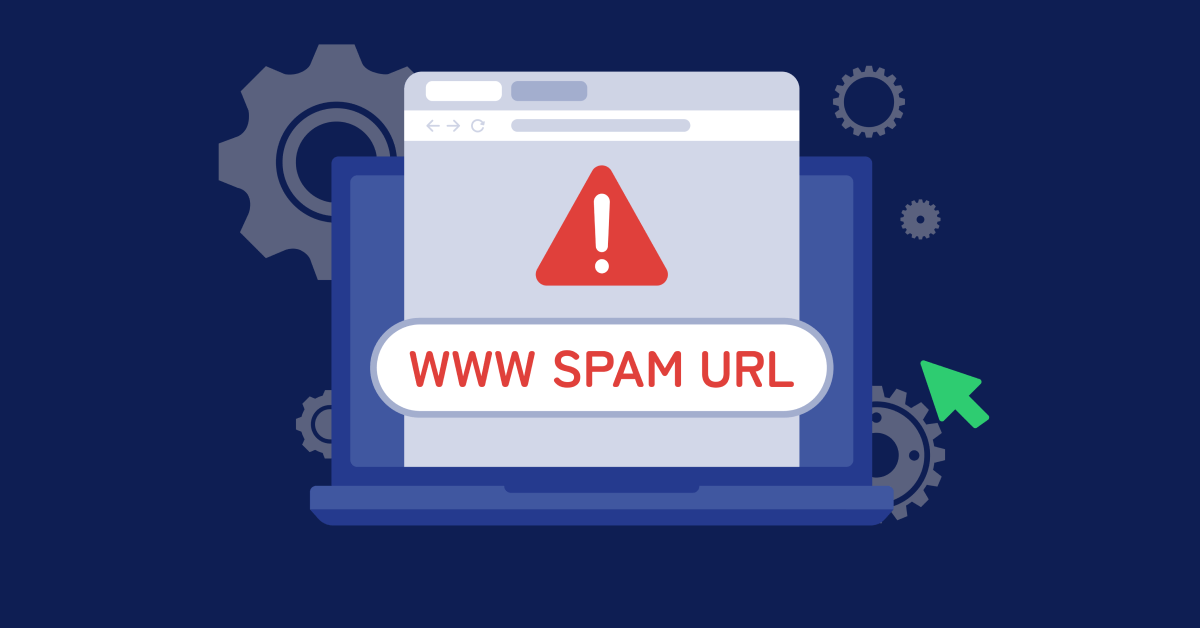Media costs for PPC marketing campaigns are on the rise as the volume of advertisers and competition for clicks continues to swell.
How can PPC managers cope with increasing costs in conversion-based PPC campaigns? One way to limit the impact of rising click costs is to structure the PPC program within the context of the customer purchasing cycle, or sales funnel.
Although there are several iterations of the purchasing cycle, consider these basic stages of the customer purchasing cycle, as outlined in a recent study by Forrester:
Reach > Interest > Desire > Convert > Enrich > Retain
Prospects enter the funnel at the “reach” phase. The portion that is successfully converted leaves the funnel as customers, or is looped back to continually “enrich” and “retain” depending on the vertical and nature of the product or service- standard Marketing 101.
The Forrester study suggests that search frequencies are highest at the initial “reach” phase where potential customers are researching the potential products and solutions in the marketplace. Consumers are actively planning and researching a purchase they have no intention of making at the time. Therefore, it makes sense that conversion volumes and conversion rates are lower for these searches- mostly comprised of broad and expensive, albeit high frequency, “holy grail” terms.
Search frequencies also pick up again at the “desire” stage of the purchasing cycle. At this stage, the consumer confirms their previous “reach” phase research and begins to validate their top choices that were previously uncovered. At this point, the searches are much more specific. As a result, the overall search frequencies, advertiser competition, and click-cost for these terms will be much lower. Since the potential customer is closer to the “convert”, or purchasing stage, conversion volume and conversion rates will also be much higher, and cost-per-conversion will be much lower for these queries- which are typically more specific and longer than the searches in the “reach” phase.
To be successful, marketers will need to be visible for both the “reach” and “desire” spikes in search frequency; however, the campaigns will need to be structured, monitored, and evaluated differently based on the phases of the purchasing cycle.
The evolution of PPC campaign management will involve separating conversion campaigns (lead generation, e-commerce, etc…) from branding campaigns. Typically, broad terms that historically garner solid click volume (and eat up a good portion of the budget), but have a poor conversion rate should be separated out from the more specific, long tail terms. But, being visible for both the broad, early research phase, as well as the specific, research-confirmation stage will be even more crucial to the success of PPC campaigns in the future.
Consider the following example:
The broad industry-related terms that are important for product managers and agency clients are usually the most expensive terms from a click perspective, but these terms also often have a poor ROI. Why? In addition to the extremely high cost of these terms (a product of search frequency and competitive factors), the purchasing cycle theories of traditional marketing also apply to online marketing.
So why not simply pause the broad non-performing terms? There are a few reasons. First, if you don’t show up in the research phase of the consumer buying cycle, you won’t be on the consumer’s radar when they are perusing the listings that are displayed in their specific “desire” phase searches. As a result, your conversion volume and conversion rates will be lower for specific “desire” phase searches.
Second, you will be able to appease product managers or clients that are very concerned with showing up for their broad “holy grail” terms despite the fact that these terms don’t convert with a solid ROI. The juggling act of managing to a low cost per conversion, while being required to generate activity from broad, expensive terms can be facilitated by breaking these terms into two separate campaigns for conversions and branding, and dedicating distinct budgets and evaluation methods to each campaign.
Current PPC evaluation methods attribute the conversion to the most recent click, but there is clear evidence that the final PPC click prior to a conversion is often influenced by previous clicks and impressions from PPC campaigns and other online marketing efforts. The concept of click attribution is a hot topic, and even if evaluation methods don’t change, it is important for marketers to consider the value of clicks and impressions that occur prior to the click that results in a conversion. By separating branding and conversion campaigns and dedicating budget to each, a marketer will be better prepared to deal with the inevitable rise in CPCs that will continue to make PPC marketing more challenging.






